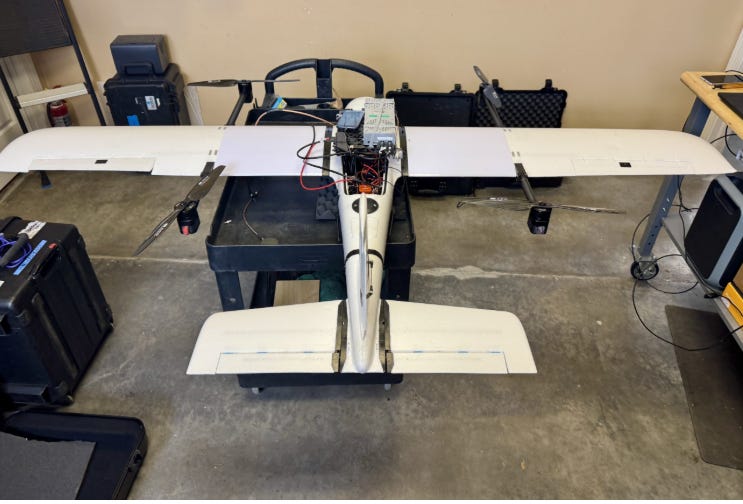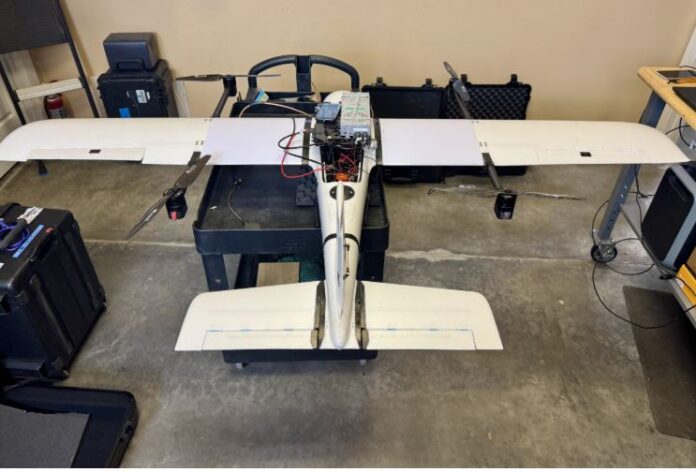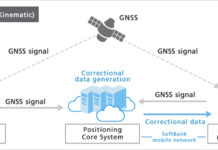During recent testing, two GNSS receivers were flown on an Unmanned Aerial Vehicle through a simulated electronic warfare GPS signal interference field. The testing, conducted in February by the Emerging Technology Lab at U.S. Special Operations Command in Florida, used two oneNav L5-direct receivers to replicate battlefield conditions such as variable speeds, altitudes, and maneuvers, as well as L5 signal interference, the company said.
The company said that its oneNav L5-direct GNSS acquired, tracked, and provided location to the drone flight computer under actual flight dynamics and through L5 band signal interference conditions. In addition, during testing, acquisition and tracking using only the L5-band signals was demonstrated, confirming immunity to L1 signal interference, the company said.

The company also said continuous tracking functioned well with the BeiDou constellation off and the Almanac on or off.
The company has touted its L5-direct technology in such consumer applications as wearables, phones, and surface vehicles. However, it now says the receiver can be customized and deployed for military use.
An example of this was last year’s testing in and around Haifa, Israel, where the company testing its oneNav L5-direct receiver against those in leading smartphones and smartwatches. The company said the L5-direct maintained accurate positioning—but the conventional positioning in the devices lost navigation capabilities due to jamming and spoofing.



























